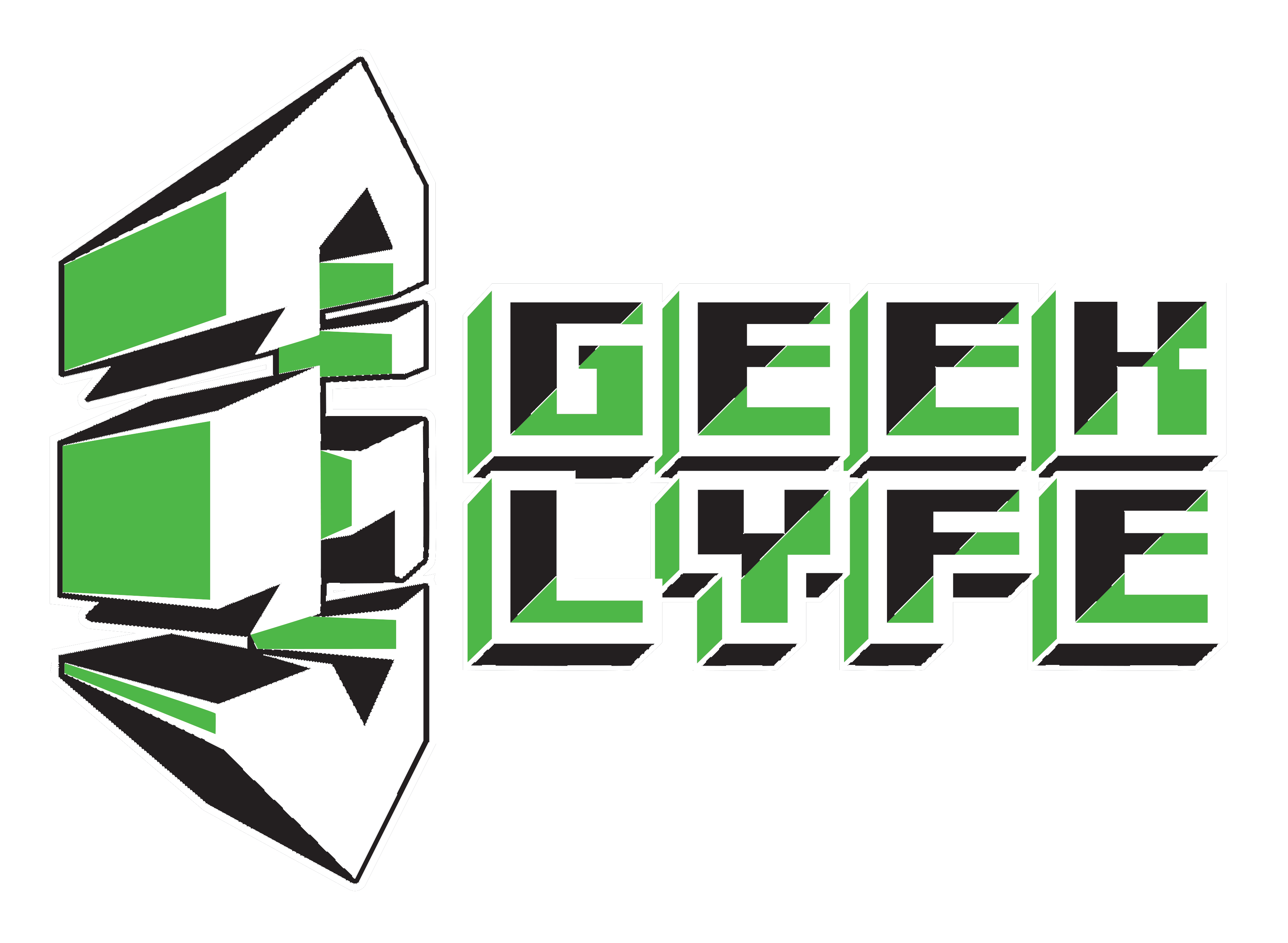
Having an idea for a board game is great, but how do you put it into action? It is all too common for people to sit on brilliant ideas and never do anything with them, yet it is easier than you might think to develop a successful strategy to make your vision come to life. From the very first idea to the final prototype, every stage is crucial, and this guide explores exactly what steps need to be taken to make it happen.
Fine-Tune Your Idea
If there are gaps in the logic behind the game, the whole idea is compromised. You may be able to find ways around these gaps, but the point is that you need to do it. You cannot send a proposal off to potential investors with a half-finished idea that has obvious flaws and plot holes. Therefore, the first step to take is to make sure your idea is airtight and that everyone can follow the narrative. This means setting out the rules, player pieces, game format, and all the ways to win.
Deciding the Rules
In order to craft a clear set of rules that make sense to other people as well as just you, you will need to draft and redraft. Start by writing down every rule that comes into your head. With this list, you can start to find a way through to something that looks and sounds realistic enough to pass for a proper board game. These rules will determine the initial design of the board and pieces so make sure you have them sorted before you move on to the next step.
Designing the Board
The next big task on your to-do list is to make a great board. There is a balance to be struck between engagement and simplicity. The board needs to be well structured and completely relevant to the narrative of the game as well. Potential players will become disinterested if there is a convoluted setup and too much to take in. Does the board have a defined endpoint, or is it more free flowing, for example? You may need to enlist the services of a graphic designer for this bit if your skills are best placed elsewhere.
Crafting the Pieces
Once the board has been perfected, you can decide how the player pieces need to look. Don’t be afraid to invest in some rapid prototyping to help your creative process roll on smoothly. Having a useful model of your pieces will enable you to refer back and try out the game with other players as you develop the concept. Make sure they are compelling and relate back to the theme of the game. It wouldn’t make much sense to have dinosaur player makers for a game about unicorns, for instance.
Put the Pieces Together
Much like a jigsaw, board games are made up of many pieces. Now you have the rules, the board, and the pieces you should be more or less ready to get an official prototype ready for trials and testing. This is definitely an area worth spending money on because if your initial product looks the part, people will take more of an interest.
Drum Up Some Interest
When these basic primary designs have been perfected, it is time to drum up some interest. As a first port of call, ask your family or friends to come and enjoy a first-time complete trial of the game in all of its glory. Try not to be too involved with the rule explaining, and if you can hold in your excitement it might be a great idea to step back completely and just be a keen observer as opposed to an active player. Then you will be able to determine how well people interpret the rules and follow the directions, alongside whether the board is up to the required standard for fun gameplay. If you are happy with the results, you can move on to other people and see how it is received by strangers.
Consider Finding a Fundraising Source for the Venture
Creating something viable means spending money. If you do not have the capital that is needed for the initial material and marketing investment, then it is time to ask for help. There are lots of sites that support entrepreneurs with great ideas, and people will donate to the project if they believe in it. You have to make it sound as interesting as possible and provide photographs and insights to boost the appeal.
Branch Out Your Trial Process
One great thing about securing donations to fund your project is that you will be able to use it in valuable ways. A great thing you can do for your game is to branch out the trial process and invite different demographics in your target audience to come and play. This could be at a local business or a community center, but you will need to market it first. Reach out to gaming communities and you may just be surprised at the response and enthusiasm. These guys are the ones you want for your critics in the early days.
Tweak It
With all of this feedback and experience, you can now make the necessary adjustments. This may look like tweaking the way the board flows or changing a few rules to make the gameplay more consistent. Whatever the case, make sure you listen to all of the feedback (good and bad) before you finalize the image and function.
Send it Out
Once you have a completed game, you can send it out to some potential agents or publishers. Some places send them back, and others do not so make sure you have the idea and design completely patented and protected copyright wise and ensure that you also have multiple copies. You should always keep the original as a nice way to remember how it all began.
Bring your board game idea into reality by breaking down your idea and making it come to life. Build a prototype, get it tested, make improvements and hold your breath when you send it out for examination.
Chicano | Fighting/Writing for Diversity | DM since 08 | Anime Lover | Site: https://www.thegeeklyfe.com | info@thegeeklyfe.com | http://twitch.tv/that_deangelo | https://linktr.ee/deangelomurillo




